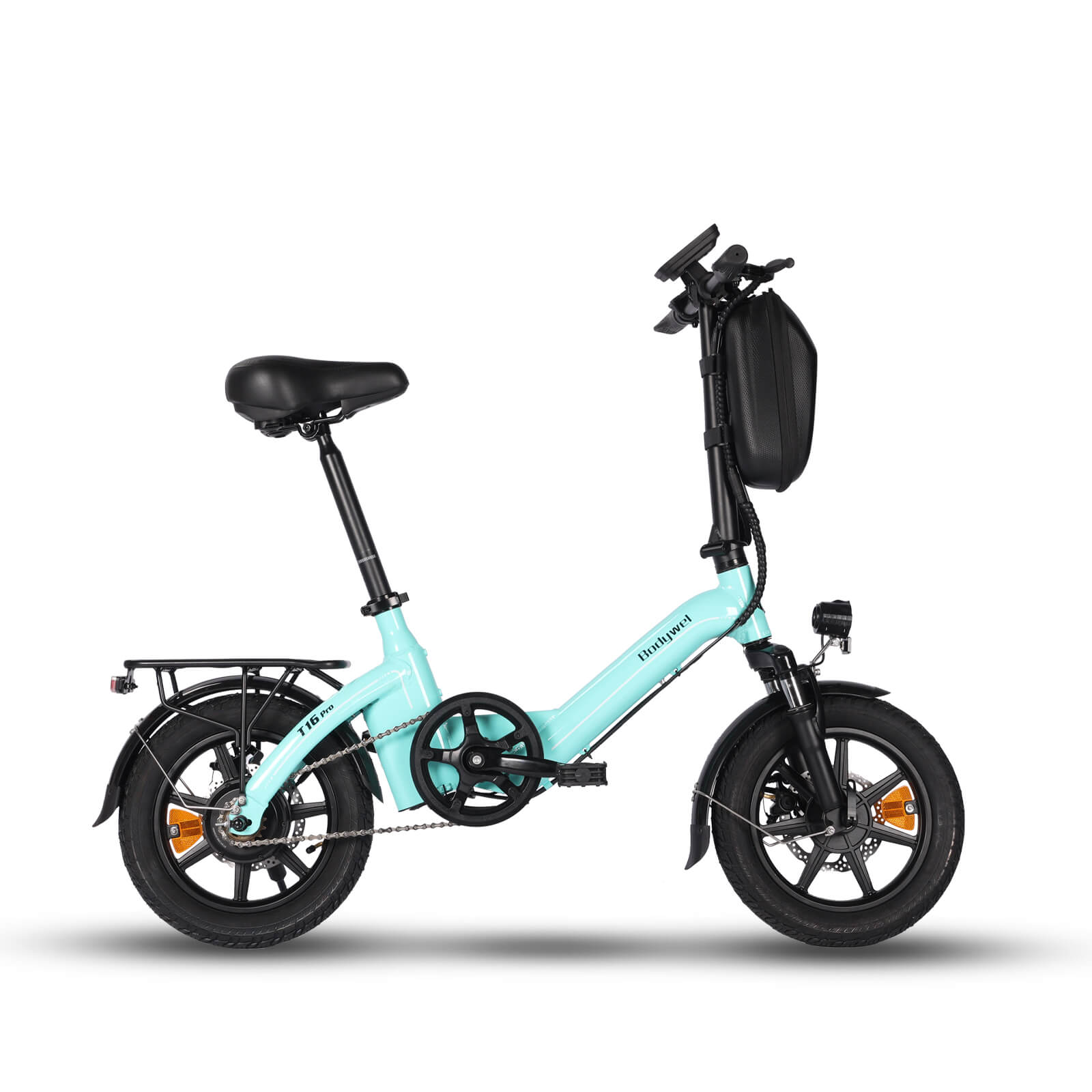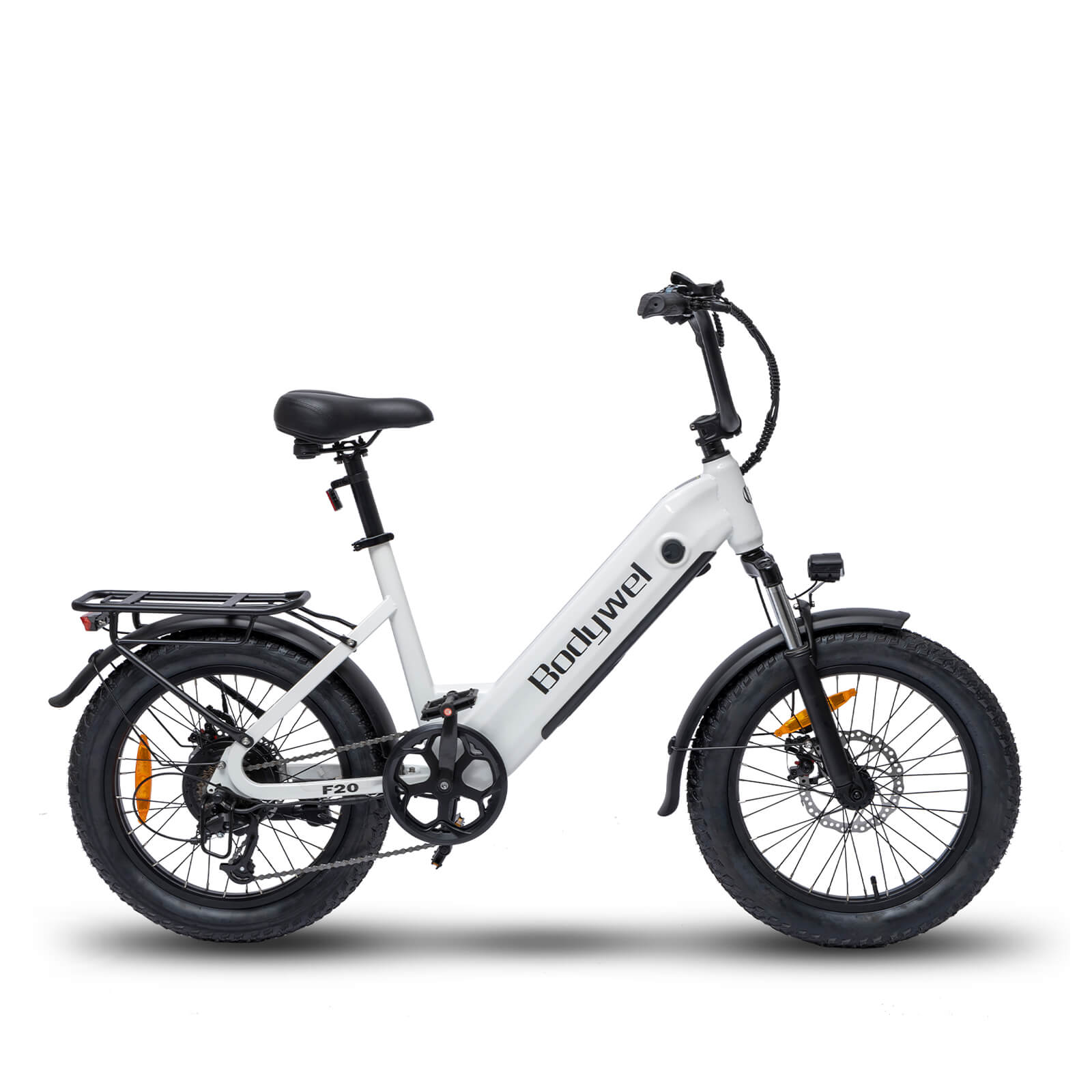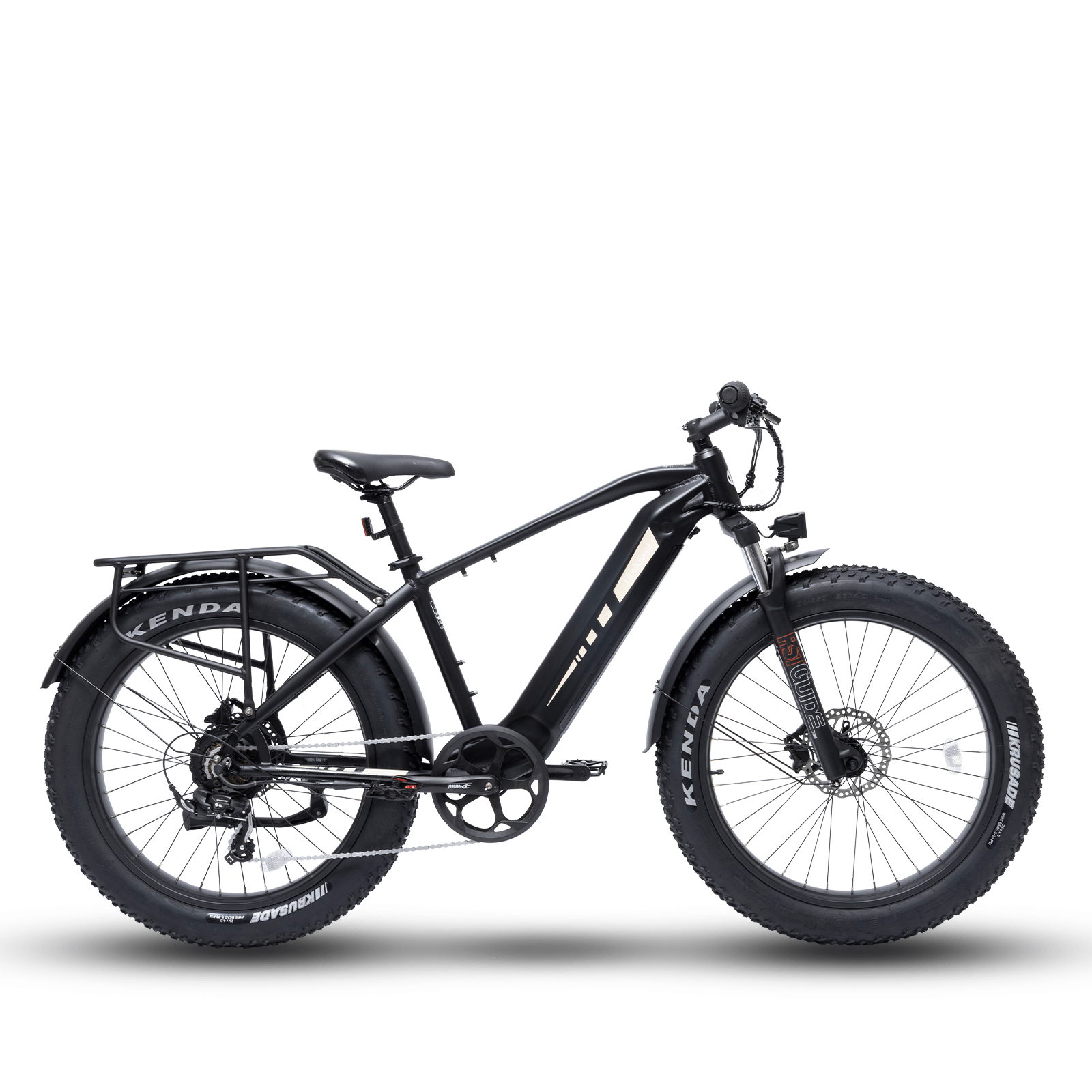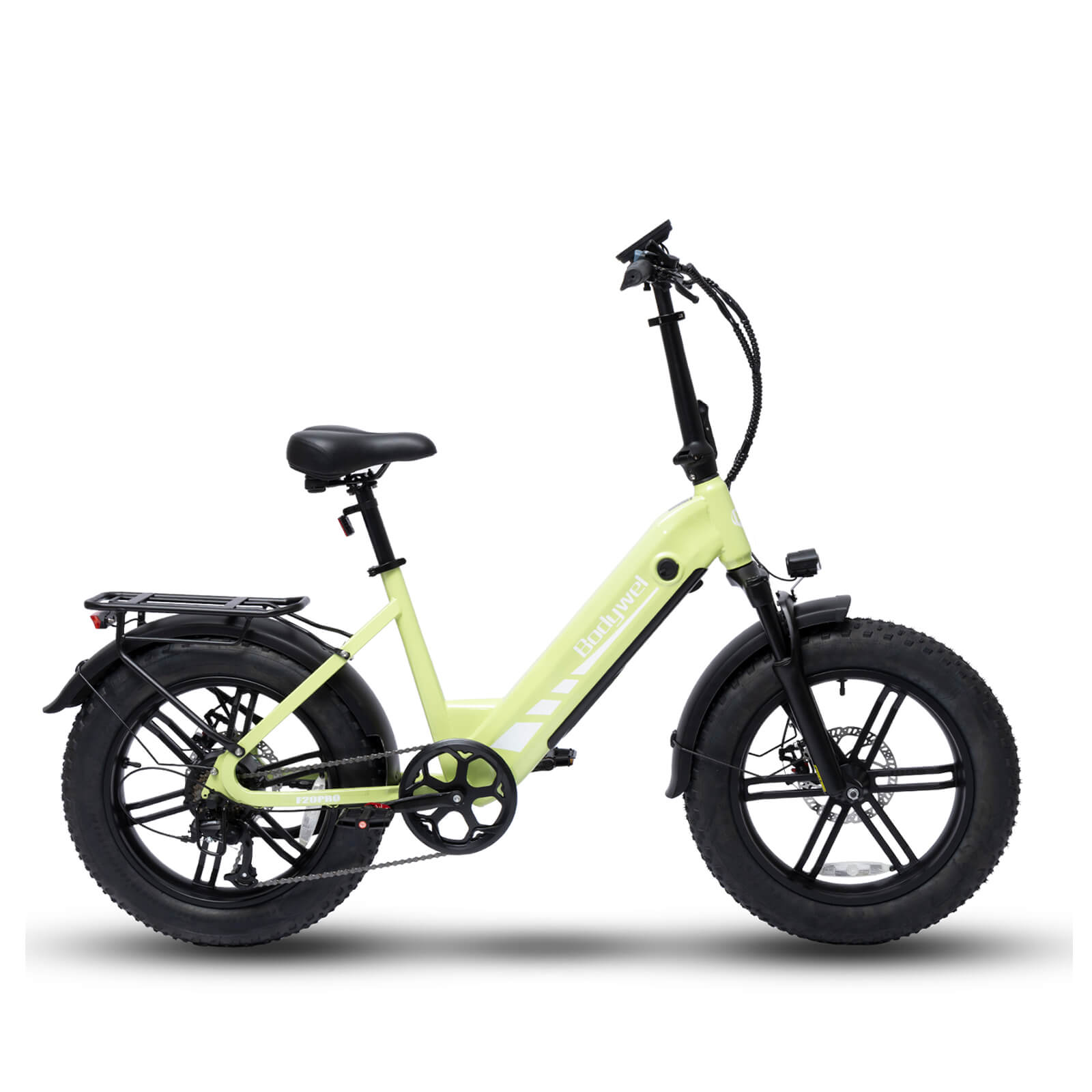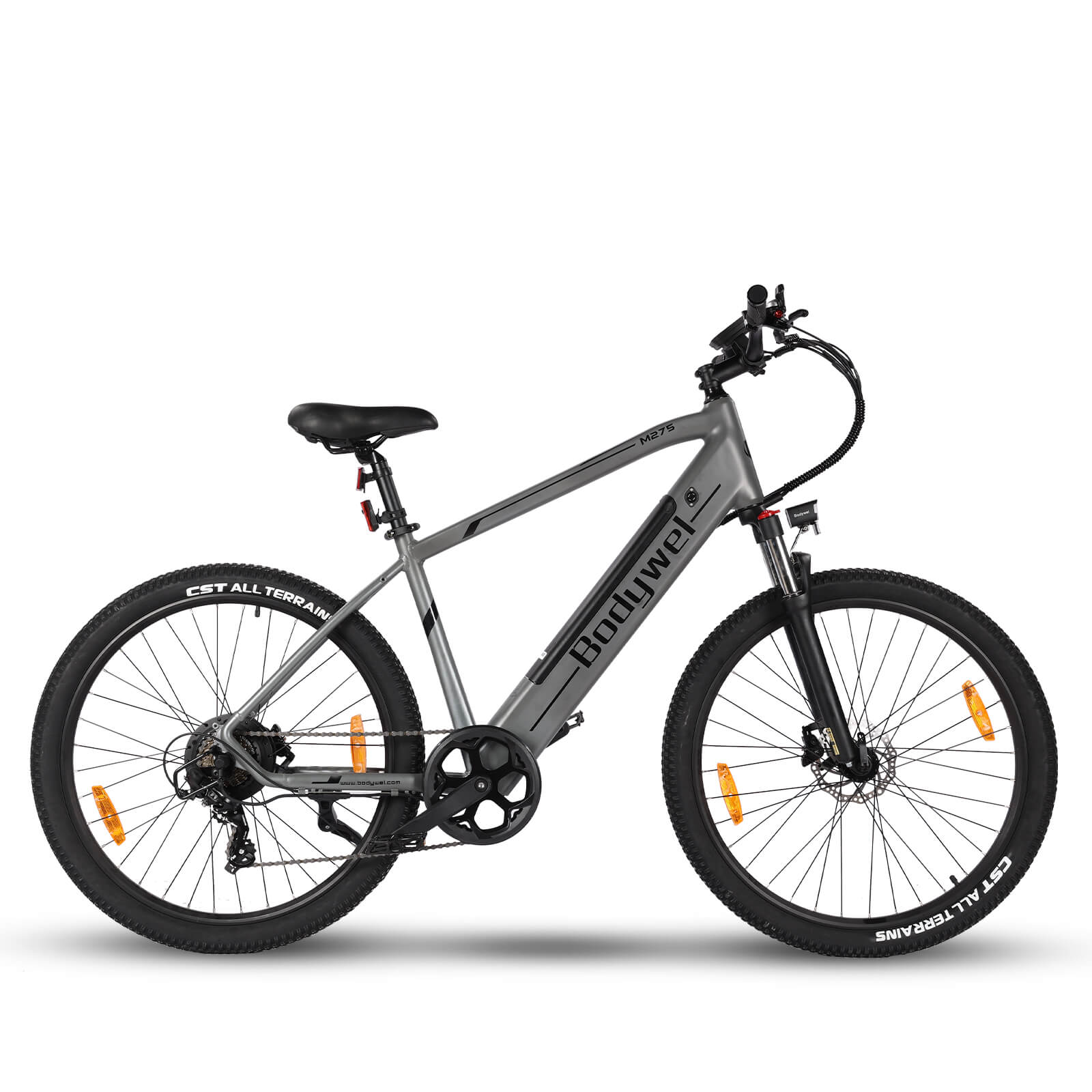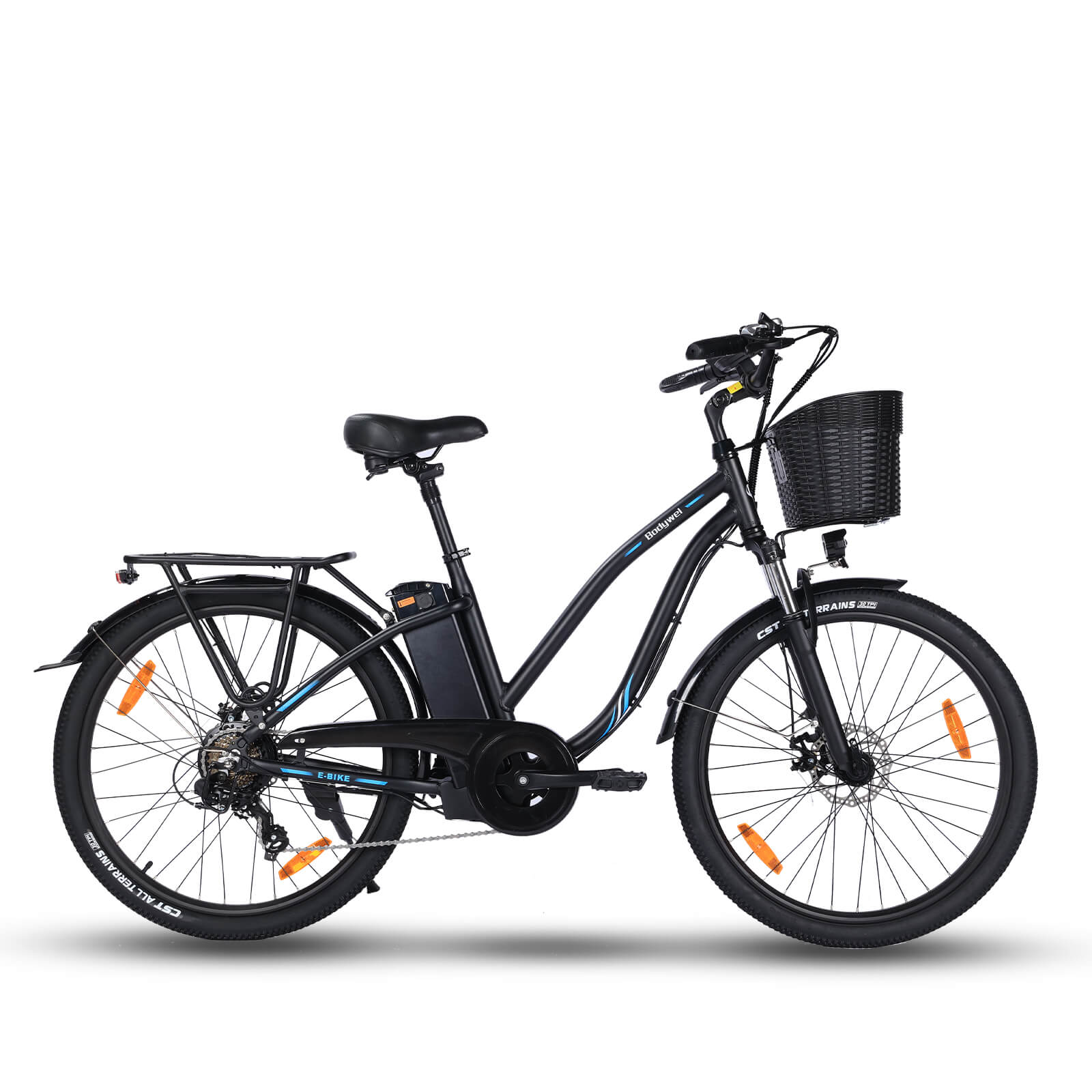5 Must-Know Tips for Choosing the Best E-Bike Mountain Bike

Choosing the right electric mountain bike (e-MTB) requires careful consideration of key features like motor power, battery range, and suspension. This guide covers five expert tips to help outdoor enthusiasts select the best e-bike for rugged trails and off-road adventures.
Prioritize Motor Performance
The motor is the heart of an electric mountain bike, directly impacting torque, climbing ability, and trail responsiveness. Mid-drive motors (e.g., Bosch Performance Line or Shimano STEPS) offer balanced weight distribution and efficient power transfer, making them ideal for technical terrain. For steep climbs, look for motors with at least 75 Nm torque. Hub motors, while quieter, may lack the precision needed for aggressive off-road riding.
Evaluate Battery Range and Efficiency
Battery capacity (measured in Wh) determines how far you can ride on a single charge. A 500Wh battery typically delivers 40–60 miles in eco mode, but rough trails drain power faster. Consider removable batteries for easy charging and backup options. Brands like Specialized integrate smart battery systems that optimize energy use based on terrain.
Choose the Right Suspension System
Full-suspension e-MTBs absorb shocks better on rocky descents, while hardtails are lighter and more affordable. Look for adjustable air forks (e.g., RockShox or Fox) with at least 120mm travel for trail riding. For enduro or downhill e-biking, 150mm+ travel is recommended. Test the suspension’s responsiveness to avoid pedal bob during climbs.
Opt for a Durable Frame Design
Aluminum frames strike a balance between weight and affordability, whereas carbon fiber offers vibration damping for long rides. Key features include reinforced chainstays, slack head angles (65–66° for stability), and internal cable routing. Brands like Trek use proprietary tech like OCLV carbon to enhance durability without adding bulk.
Test Multiple Riding Modes
Quality e-MTBs offer customizable assist levels (e.g., eco, trail, turbo) to match trail conditions. Walk-assist modes are crucial for pushing bikes uphill. Try models with torque sensors (vs. cadence sensors) for natural pedal feel. Demo rides reveal how modes interact with the motor’s power curve—essential for technical singletrack.
Pro Tip: Always check local regulations for e-bike classifications (Class 1/2/3) to ensure trail access compliance.
- Tags: best electric mountain bike e bike mountain bike electric mountain bike off-road e-bike trail e-bike
0 commentaire




